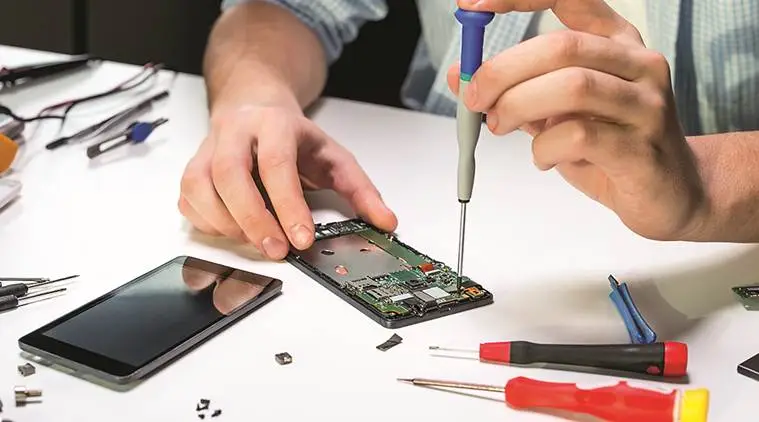Mobile Handsets: Now, a phased manufacturing initiative to boost local production
‘Scheme expected to fuel local value addition in mobile phone manufacturing by 39-50% in 3 years’
 With this, the country’s import dependence for mobile phones and the components required for its manufacturing has also subsided. Thinkstock. (Representational)
With this, the country’s import dependence for mobile phones and the components required for its manufacturing has also subsided. Thinkstock. (Representational)
Apart from the existing incentives such as duty sops and subsidy scheme to promote indigenous manufacturing of mobile phones in the country, the Ministry of Electronics and Information Technology (MeitY) has notified a phased manufacturing programme, one that details a road map for fiscal benefits on production of components, in a periodic manner. The Centre’s impetus to mobile handset manufacturing is backed by the ongoing growth in investment and production seen by the sector. According to government data, in March 2017, there were 35 crore smartphone users, compared with 12 crore in July 2014. The number is expected to grow to 81 crore by 2022. In the last two years, 42 new mobile manufacturing units and 30 component makers have set up shops in India, creating 1.65 lakh jobs.
With this, the country’s import dependence for mobile phones and the components required for its manufacturing has also subsided. Provisional data from MeitY show that the country spent around Rs 40,000 crore on mobile phone and related imports during 2016-17, down 29 per cent from nearly Rs 56,000 crore in 2015-16. On the other hand, production, in value terms, has increased 74 per cent to Rs 94,000 crore in 2016-17, from Rs 54,000 crore in 2015-16.
According to the Indian Cellular Association, the phased manufacturing programme is further expected to fuel local value addition in mobile phone manufacturing by 39-50 per cent in the next three years. “The phased manufacturing programme is notified with the objective of progressively increasing the domestic value addition for establishment of a robust cellular mobile handset manufacturing ecosystem in India,” a government official said.
As per the programme, the Centre has already imposed additional duties on chargers, adapters, battery packs, and wired headsets to boost consumption of locally produced goods in these categories. In 2017-18, parts involving mechanics, die-cut parts, microphone, receiver, keypad, and USB cable would be covered under the scheme. Mechanics include components such as battery cover, front cover, back cover, antenna, camera lens, screws, SIM sockets, etc, while the die-cut parts include protective film for camera lens, film for flash, conductive cloth, LCD foam, etc.
In 2018-19, more complex parts such as printed circuit board assembly, camera module, and connectors would be covered under the programme, which looks to promote domestically manufactured parts, and disincentivise imported goods. Finally, in 2019-20, components such as display assembly, touch panel, cover glass assembly, vibrator motor, and ringer would be brought under the scheme.
A senior IT ministry official also said that the government has asked Apple, which is planning to set up manufacturing capacity in India through its contract manufacturer, to consider the phased programme instead of seeking duty exemption on components required for production of the firm’s devices in the country.







